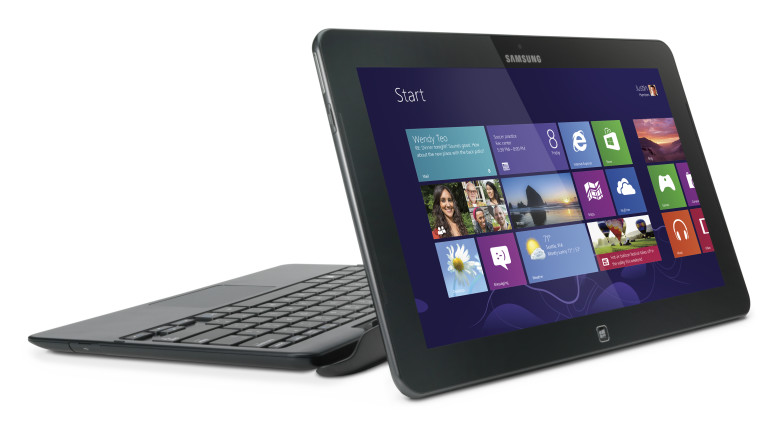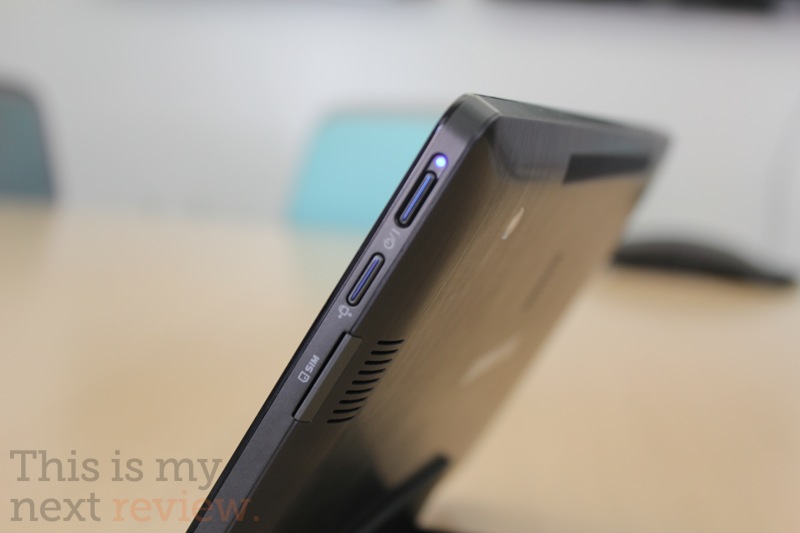


It's up to you, though, to figure out what to do with the little plastic stick: There's no place to store the stylus anywhere on the tablet, so consider wearing shirts with pockets from now on. Clicking through Windows menus and toolbars is just too fine-grained for the average user's ham-fisted touch. You'll probably also want to use the included stylus instead of your finger. Like traditional tablets, the Series 7's display auto-rotates based on how you're holding it, but the vagaries of Windows means this happens more slowly than you might be used to with iOS or Android tablets. As such, it's designed with a different use pattern in mind. It didn't crash during a single benchmark test.īut the Series 7 is a tablet, not a laptop (Samsung confusingly makes both a Series 7 laptop and also this device with the almost-same name). If you connect a mouse and keyboard, you can even use the device for (very) rudimentary gaming – a testament not so much to the Series 7's capabilities but rather its stability under load.

Sure enough, performance is on par with similarly equipped laptops. And yet, at 1.9 pounds, the Samsung manages to weigh in at not much heavier than most 10-inch Android tablets. Under the hood, the 1.6GHz Core i5, 4GB of RAM, and 128GB SSD hard disk would be capable specs for just about any standard laptop. On paper, it gets off to a good enough start: The 11.6-inch LCD is gloriously bright (if you can keep the blasted auto-dimmer from engaging) and offers a 1366x768-pixel resolution. Here, Samsung is at least wise enough to pick one, and give that OS its all. Our last encounter with a Windows tablet dates back to March's Viewsonic ViewPad 10, which disastrously attempted to combine Windows and Android in one device, dramatically failing at both. The jury is still out on Windows 7 tablets – and, at this point, it looks like it may never come in – but with the Series 7 Slate, Samsung at least gives this difficult niche the old college try.


 0 kommentar(er)
0 kommentar(er)
